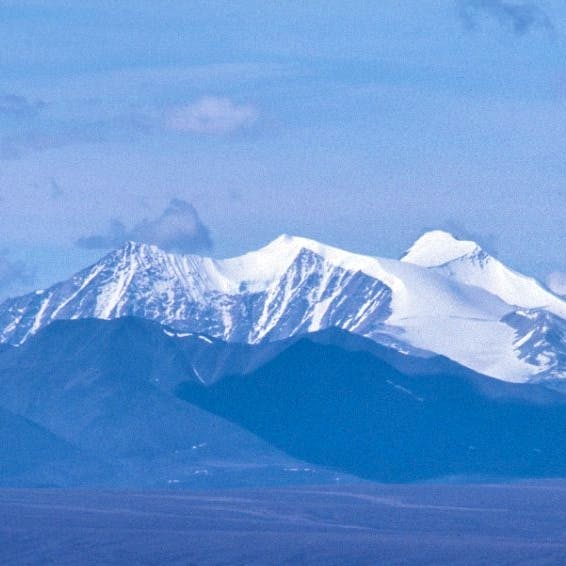Tweet"The U.S. Fish and Wildlife Service must act now to prevent the extinction of the pinyon jay."
Defenders of Wildlife petitioned the U.S. Fish and Wildlife Service today to protect the pinyon jay under the Endangered Species Act (ESA). The species is experiencing a precipitous decline throughout the western U.S. due, in part, to the loss and degradation of its piñon-juniper woodlands habitat. Over the past 50 years, the pinyon jay population declined by 85 percent, and, without the protections afforded by the ESA, half of its remaining global population is expected to be lost by 2035.
“The U.S. Fish and Wildlife Service must act now to prevent the extinction of the pinyon jay,” said Patricia Estrella, Defenders of Wildlife New Mexico representative. “This remarkable bird is threatened by a suite of factors including removal of its piñon-juniper habitat, drought, and climate change. Due to the combined threats facing the pinyon jay, the bird warrants the federal protection of the ESA.”
A species warrants ESA protection if it is determined to be endangered or threatened in all or a significant portion of its range based on any one or combination of five factors. The Pinyon Jay satisfies several of the factors set forth in the ESA such as habitat destruction, the inadequacy of state and federal legal protections, and other man-made factors.
Background
The pinyon jay is a charismatic, social bird that travels in large flocks and plays a significant role in maintaining the biodiversity of the West. The range of the pinyon jay includes thirteen states. It facilitates piñon pine tree regeneration by extracting and burying the seeds, commonly known as pine nuts. The birds do not retrieve all their cached seeds, allowing the seeds to germinate and replenish the woodlands. Without pinyon jays, it's not clear that the piñon pine tree would continue to persist.
Loss of piñon pine would disproportionately affect Native American and Hispanic communities in the Southwest, which have cultural connections with pine nuts. For generations, Native Americans in the Southwest have harvested and consumed the seeds. During the fall harvest, families collect the nutritional seeds and store them for the winter. This important cultural tradition would likely be lost if the pinyon jay went extinct.
For over 75 years, Defenders of Wildlife has remained dedicated to protecting all native animals and plants in their natural communities. With a nationwide network of nearly 2.1 million members and activists, Defenders of Wildlife is a leading advocate for innovative solutions to safeguard our wildlife for generations to come. To learn more, please visit https://defenders.org/newsroom or follow us on X @Defenders.
Media Contact
News

Defenders Slams Trump Interior Pick Burgum

